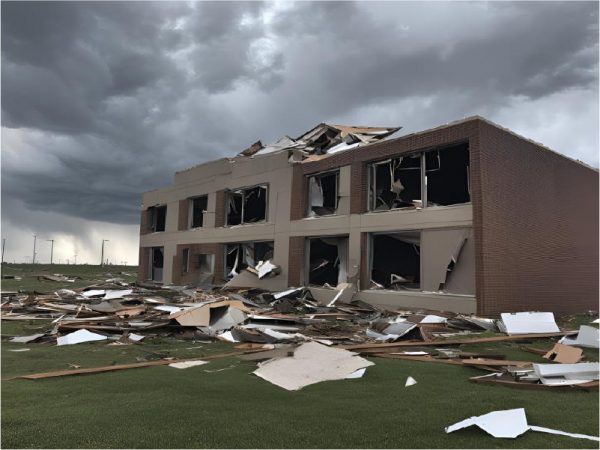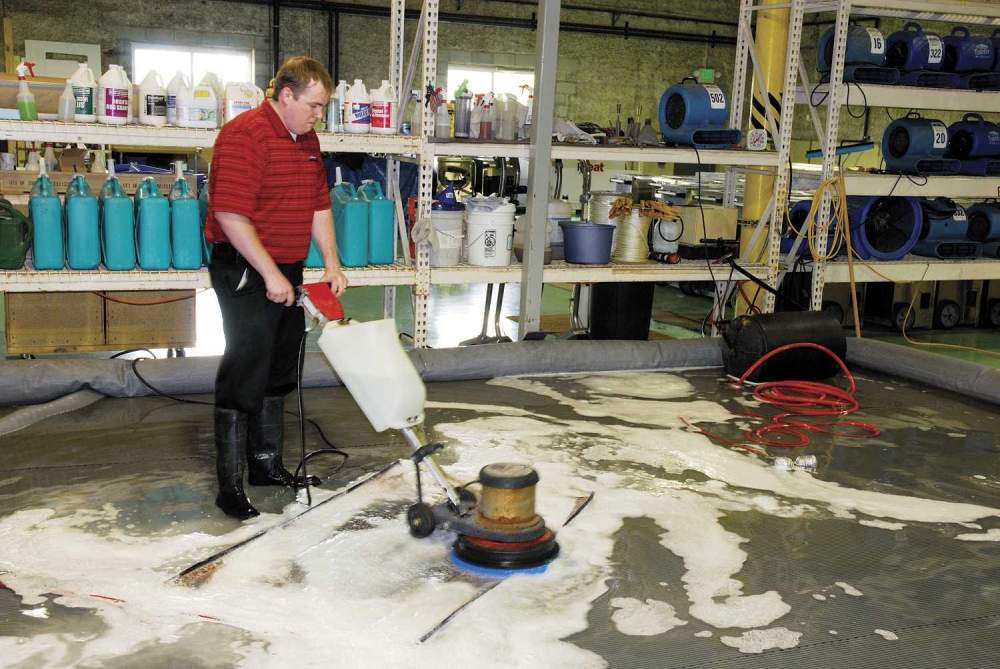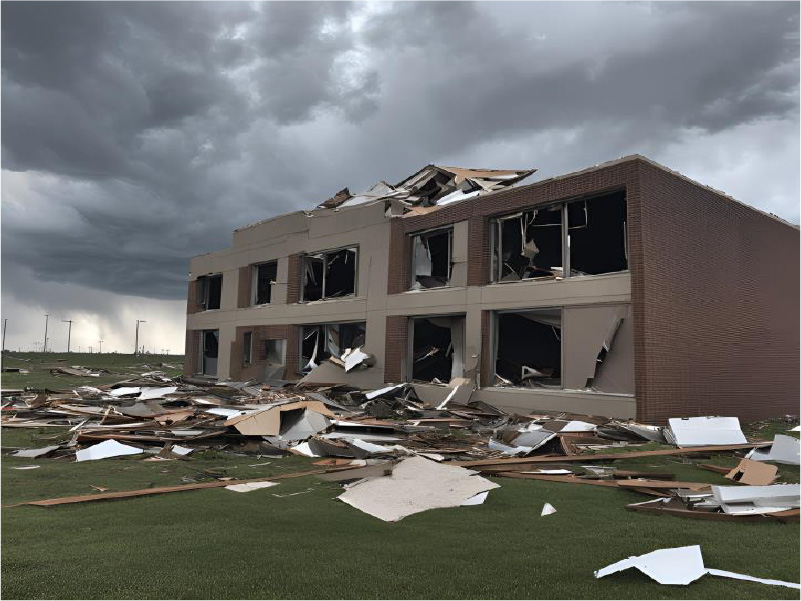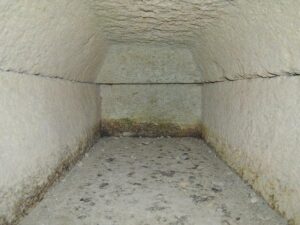You might think your business is safe, but unexpected crises can strike at any moment, from natural disasters, water or fire damage and even cyberattacks. Without a solid disaster plan, you’re leaving your company vulnerable to significant losses and disruptions. Planning isn’t just about risk management; it’s about ensuring your operations run smoothly when the unexpected happens. As you consider the potential impact on your team and ability to serve your clients, you’ll find that the benefits of a well-structured plan extend far beyond mere survival. How does having a disaster plan directly impact your business’s future?
Understanding Disaster Preparedness
Disaster preparedness is essential for any business, big or small, to help anticipate potential threats while creating a proactive plan to mitigate risks. To do so, you need to identify critical operations and resources, ensuring you can maintain them even during crises.
Start by assessing your vulnerabilities and determining the impact a disaster could have on your operations.
Once you have pinpointed these areas, develop a comprehensive response plan that outlines steps to take before, during, and after a disaster. Regular training and drills are vital—your team must know their roles and responsibilities. It is also important that your disaster plan is revisited and updated annually to ensure your team considers the changing needs of your business and takes advantage of available resources.
Establish communication strategies, so everyone stays informed.
It is recommended to develop a call tree with different levels of notifications. Depending on the extent of damage to your facility, you might activate a Level 1, Level 2, or Level 3 communication plan. Having all parties clearly identified with accurate contact information will streamline the communication process and accelerate response time.
Types of Disasters Businesses Face
Understanding the potential risks your business faces is key to effective disaster preparedness.Identifying the needs of your organization based on the various disaster types, helps ensure proper response and the allocation of resources to help limit business disruption.
Businesses in Northwest Indiana can encounter various types of disasters:
- Natural Events
- Floods
- Wind Damage
- Fire
- Man-Made Disasters
- Cyberattacks
- Vandalism
- Terrorism
- Health Pandemic
Key Components of a Disaster Plan
When creating a disaster plan, it’s essential to identify key components and vendor partners that will guide your response and recovery efforts. Start by assessing potential risks specific to your business and then clearly define the appropriate response to each type of risk.
Next, establish a clear communication strategy to ensure everyone knows their roles and responsibilities during a crisis. Develop evacuation plans and designate safe zones for employees. When developing a communication plan, we strongly recommend establishing levels of notification with a key team member being appointed as the Level Captain. This Captain is responsible for making all communications to their level and communicating concerns or needs up to the higher levels.
Having a communication plan is great, but it’s crucial to maintain an updated contact last of not only your team members, but also vendors and government agencies who will play a role in your recovery process.
Finally, review and update your plan regularly to adapt to new threats or changes in your business environment. These elements form a solid foundation for an effective disaster plan.
Benefits of Having a Disaster Plan
Having a disaster plan in place not only prepares your business for unexpected events but also offers significant advantages that can enhance overall resilience. First, it minimizes downtime by ensuring your team knows exactly what to do when disaster strikes. This clarity boosts confidence, allowing employees to focus on recovery rather than panic.
Second, a solid plan can protect your assets and reduce financial losses, helping you bounce back quicker.
Third, having a disaster plan improves the chance your business is able to survive the incident. Over 40% of business do not reopen after a disaster, and an additional 25% fail within one year. Having a plan can shift the odds in your favor.
Steps to Create Your Plan
Creating an effective disaster plan requires careful consideration and a structured approach.
Step 1: Assess the specific risks your business faces considering both natural disasters and man-made threats.
Step 2: Identify critical operations and prioritize them, ensuring you know what’s essential to keep running.
Step 3: Form a dedicated team responsible for the plan’s development and execution. Develop response strategies for each identified risk, detailing the steps your team should take during an emergency.
Step 4: Establish communication protocols to keep everyone informed.
Step 5: Regularly test and update your plan to reflect changes in your business or potential risks.
The idea of creating a disaster plan can seem overwhelming which causes it to be pushed to the bottom of your priority list, but fortunately, there are companies who will help you navigate the process and develop a custom Disaster Response Plan. We encourage you to take advantage of these resources.
Frequently Asked Questions
How Often Should We Update Our Disaster Plan?
You should update your disaster plan at least annually, or whenever significant changes occur in your business operations, personnel, or external risks. Regular reviews ensure your plan remains effective and relevant to current circumstances.
What Role Do Employees Play in the Disaster Plan?
Employees play a crucial role in a disaster plan. You’re responsible for understanding procedures, participating in drills, and communicating effectively. Your preparedness and quick action can significantly impact the safety and recovery of the entire organization.
How Can We Test Our Disaster Plan’s Effectiveness?
You can test your disaster plan’s effectiveness by conducting regular drills, evaluating response times, gathering employee feedback, and simulating various scenarios. This helps identify weaknesses and ensures everyone knows their roles during an actual emergency.
What Resources Are Available for Creating a Disaster Plan?
You can access templates, online courses, and government resources for disaster planning. Additionally, industry associations often provide guidelines, while consulting experts can tailor plans to your specific needs, ensuring comprehensive preparation for potential disruptions.
Conclusion
In today’s unpredictable world, having a disaster plan isn’t just smart—it’s essential for your business’s survival. By preparing for potential crises, you protect your assets, maintain your reputation, and keep your employees confident in their roles. Don’t wait for a disaster to strike; take proactive steps to create and implement a solid plan. Prioritizing disaster preparedness today will ensure your business thrives, no matter what challenges come your way. Your future depends on it!









